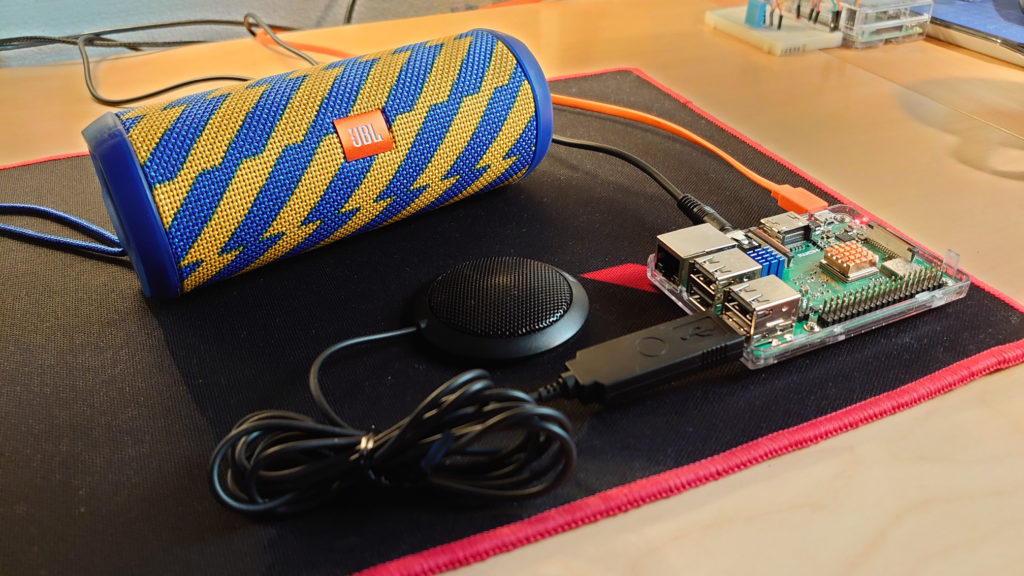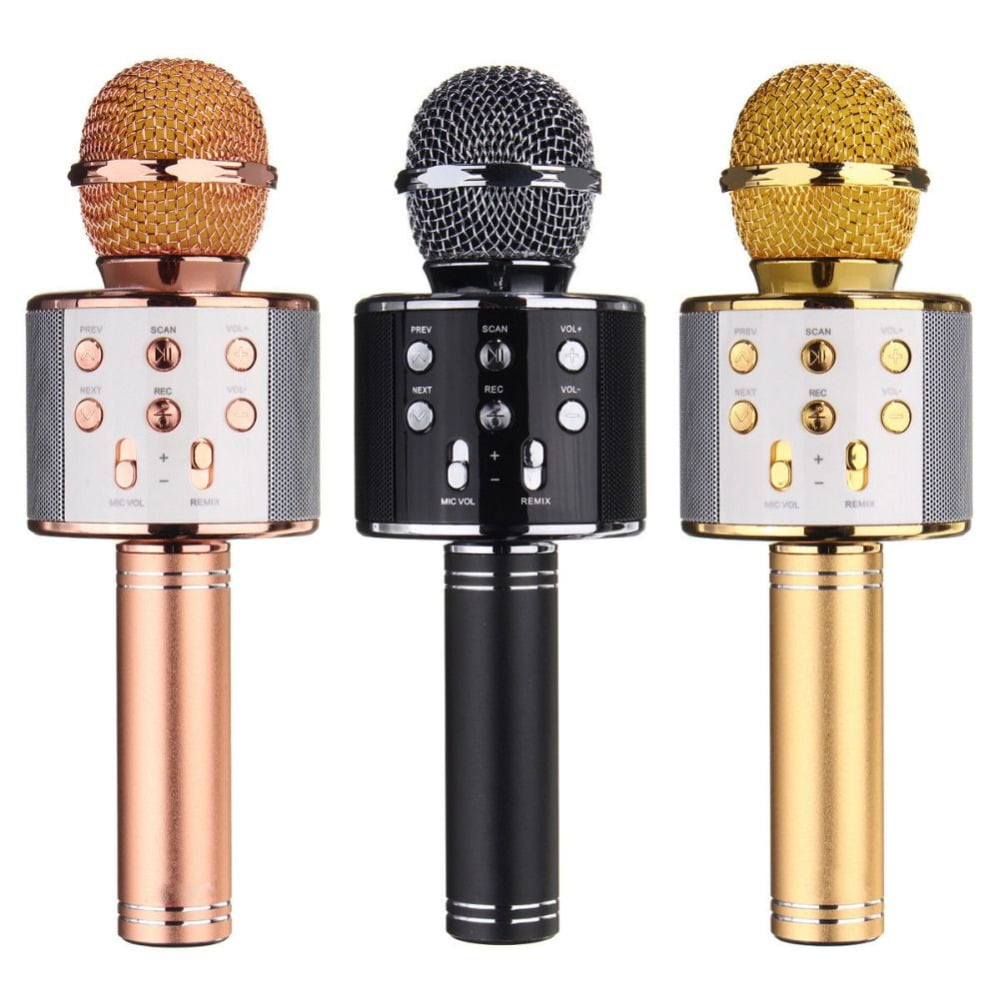

These pickup patterns are useful if you’re aiming to use a single mic to collect audio from multiple angles like, for example, at a round table session.Īdditionally, some podcast-friendly mics have features such as low-cut (sometimes called high-pass) filters to help eliminate extreme low-end rumble and noise. This works particularly well for speech because, providing the subject is in the right place, the mic will capture only their voice and will reject ambient noise from the back and sides.Īlternatively, some mics feature bi-directional or omni-directional patterns, meaning they take audio from two sides or from all around the mic respectively. Most common is cardioid, where the mic picks up sound from a specific direction, and does its best to reject noise coming from outside that axis. This governs the direction (or directions) from which the mic captures a sound. So with connection and basic operation so straightforward, what should you be looking for instead and what features could make the difference for your needs? A key characteristic of any microphone is its pickup pattern. How to start a podcast: a beginner's guide to podcasting (Image credit: Getty/Anastasiia Krivenok)

We liked the low-cut filter and general build quality, and have achieved great results in a studio setting.

For speech and broadcast/podcast applications, the Rode Podcaster is an excellent choice. The best USB microphone for you will be determined by what you want to record.

The technology is mature enough that even the best budget USB microphones will provide exceptional results, and can be used to their full potential by people who’ve never even picked up a mic before. Now, with streaming, vlogging, podcasting and video conferencing, USB microphones are enjoying something of a golden era.


 0 kommentar(er)
0 kommentar(er)
